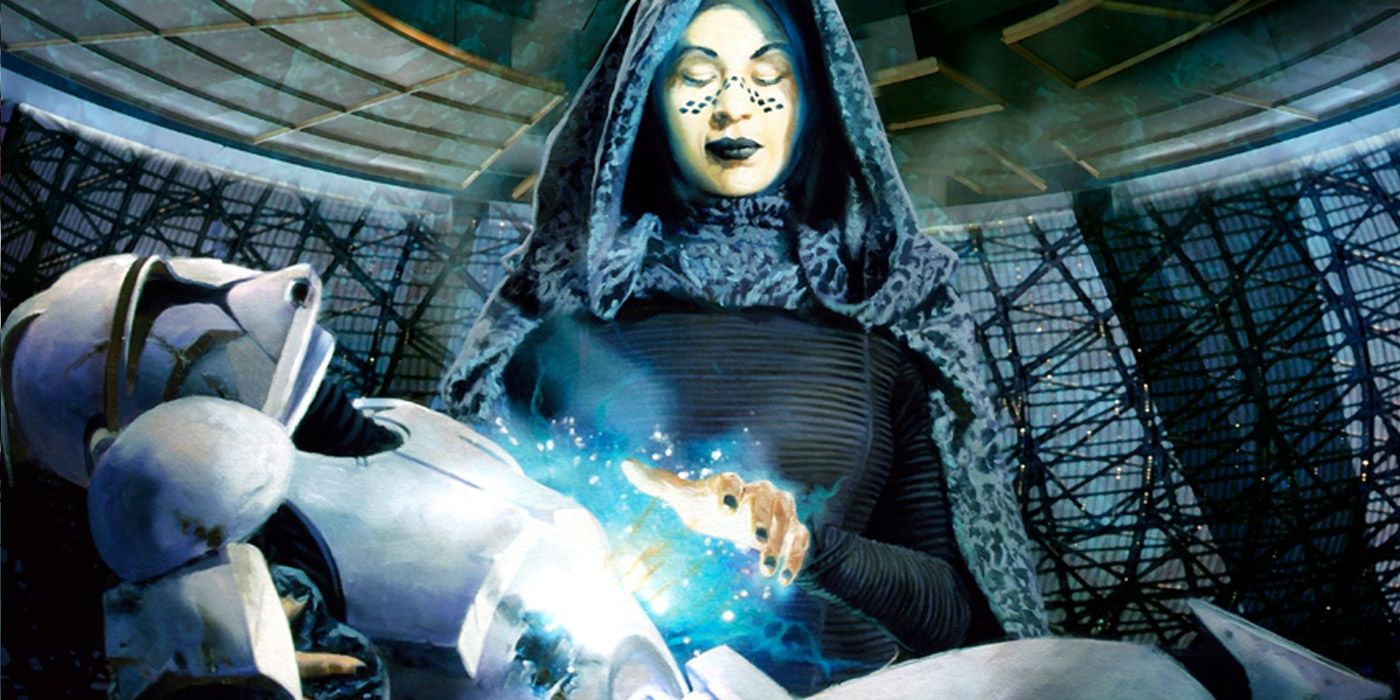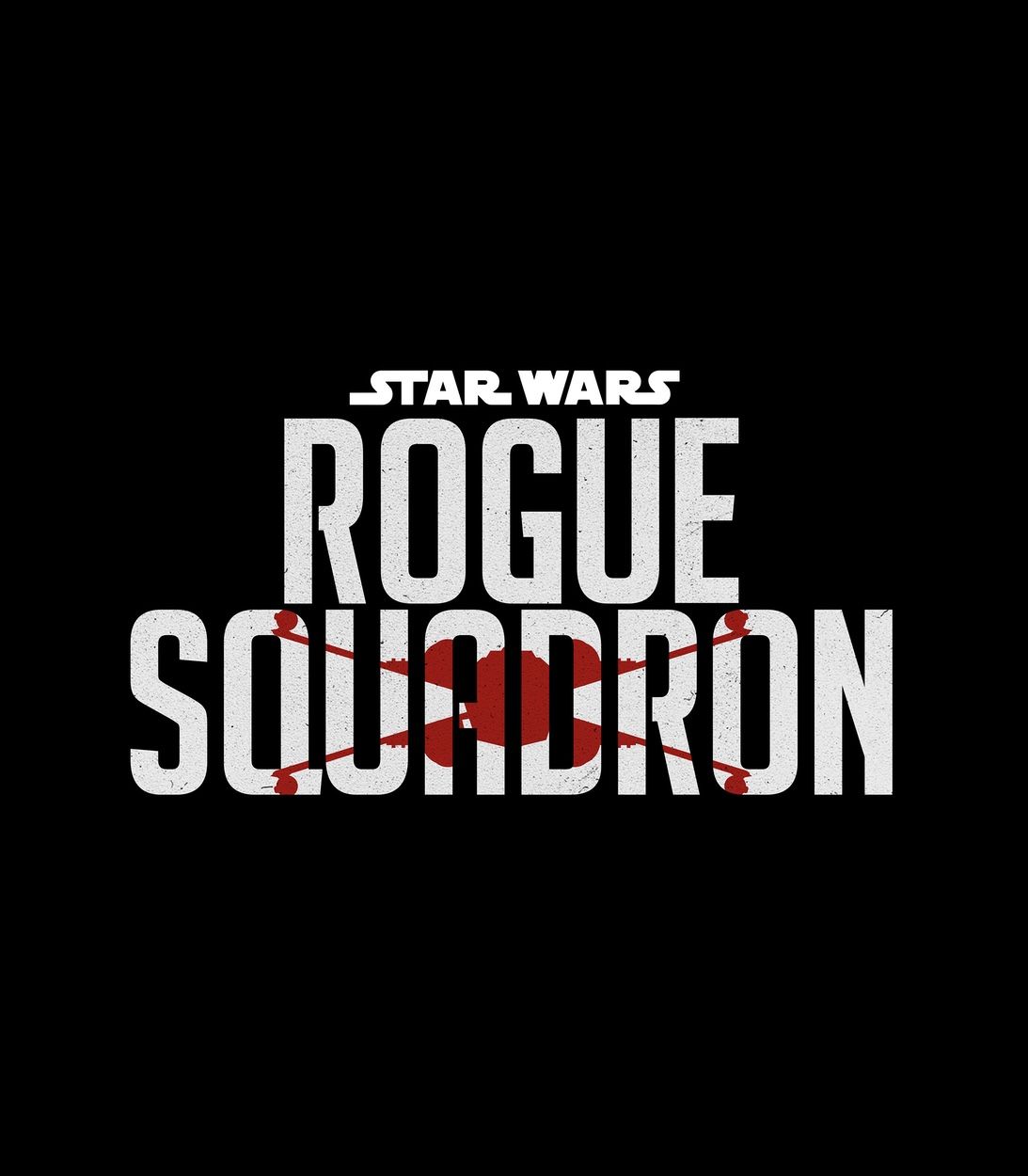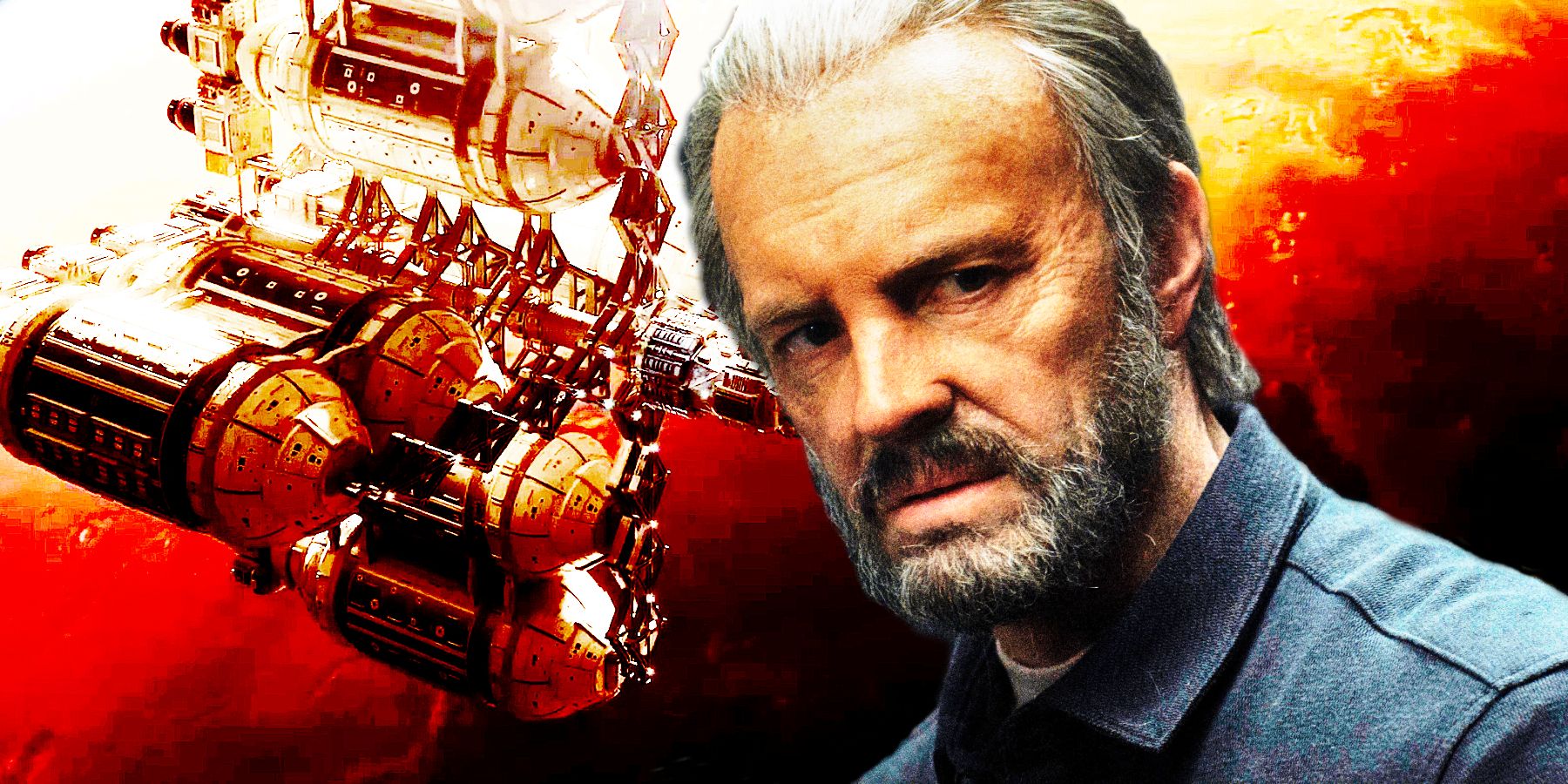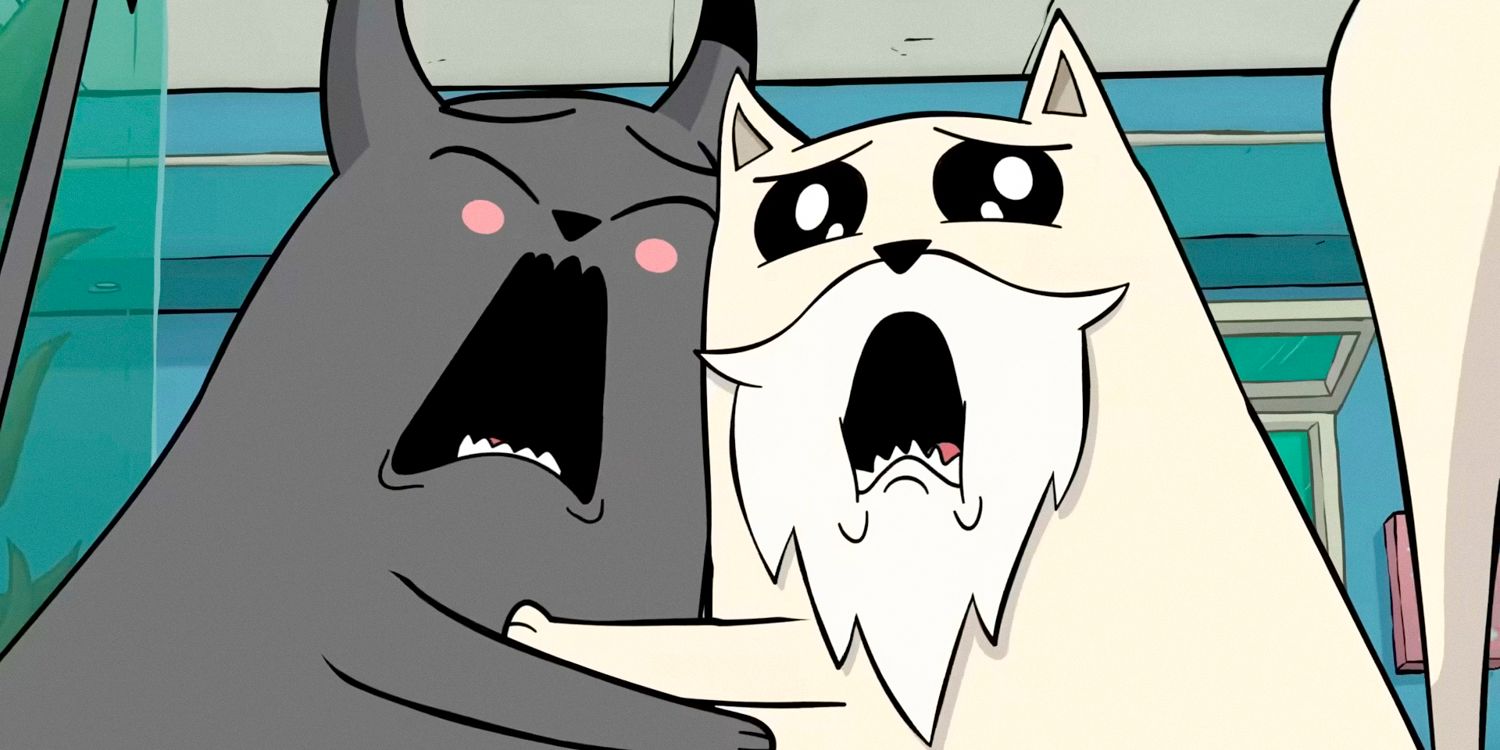Anakin Skywalker’s desperation to save Padmé in Star Wars: Episode III – Revenge of the Sith led him to embrace the dark side of the Force, but viewers may wonder why he couldn’t use Force healing to save his wife. Force healing has been featured throughout Legends-era non-movie material, as well as canon’s Star Wars: The Clone Wars, The Mandalorian, and Star Wars: The Rise of Skywalker. While Force healing could have saved Padmé, material from both continuities explains why Anakin couldn’t use it.
The Force is a fundamental omnipresent energy that can be used as “powers” by those who are trained to tap into it. One such power is healing oneself or another at an enhanced speed. In Legends, a Force-user would draw upon the Force for this ability, sending its healing energy into another or themselves. In canon, Force healing is shown as transferring one’s life force into another, coming with far more serious implications. The dark side, a corruption of the natural Force, has a sinister equivalent to Force healing, in which a dark side user heals themselves by draining the life force of another being.
Anakin had prophetic nightmares of Padmé dying in childbirth, and pledged himself to the Sith Order, feeling desperate to save his wife and that the Jedi Order was holding him back from his true potential and the power to keep her alive. Force healing would have been the ideal power to keep Padmé alive and healthy, yet Anakin never considered using it in Revenge of the Sith, despite its prominence in the franchise even in 2005. The reason why Anakin couldn’t use it was that it was a highly specialized discipline that only Jedi Masters and specially-trained Jedi healers used.

As shown throughout Star Wars material, particularly Legends-era stories, some Jedi focused their training and connection to the Force in using it to heal, becoming Jedi healers. Notable examples of Jed healers include T’ra Saa, Stass Allie, and the Legends version of Barriss Offee. The Jedi Order’s most adept Jedi Masters, such as Obi-Wan Kenobi and Ki-Adi-Mundi, could also use Force healing despite not being specialized healers. Anakin Skywalker never became a healer, and his insistence on becoming a Jedi Master might have been partially motivated by a desire to learn the advanced Force healing ability.
In canon, there are notable exceptions to Force healing’s practitioners. Grogu, a member of a particularly long-lived species, was trained by multiple Jedi mentors for decades before the Jedi Purge, so his ability to use Force healing in The Mandalorian isn’t too surprising. Before the events of The Rise of Skywalker, Rey studied the ancient Jedi texts, learning the rare and advanced power and augmenting it by being one half of a Dyad in the Force.
Anakin never truly used Force healing in either timeline, but there was one instance where he came into contact with the ability. In The Clone Wars season 3, Ahsoka died in the mysterious realm known as Mortis, but the near-omnipotent Daughter transferred her life force into Tano, with Anakin serving as their conduit. Anakin’s awareness of (and inability to use) Force healing to save Padmé only fueled his desperation, which ultimately resulted in his conversion to Sith in Star Wars: Episode III – Revenge of the Sith.
Key Release Dates

Rogue Squadron
Release Date:2023-12-22





